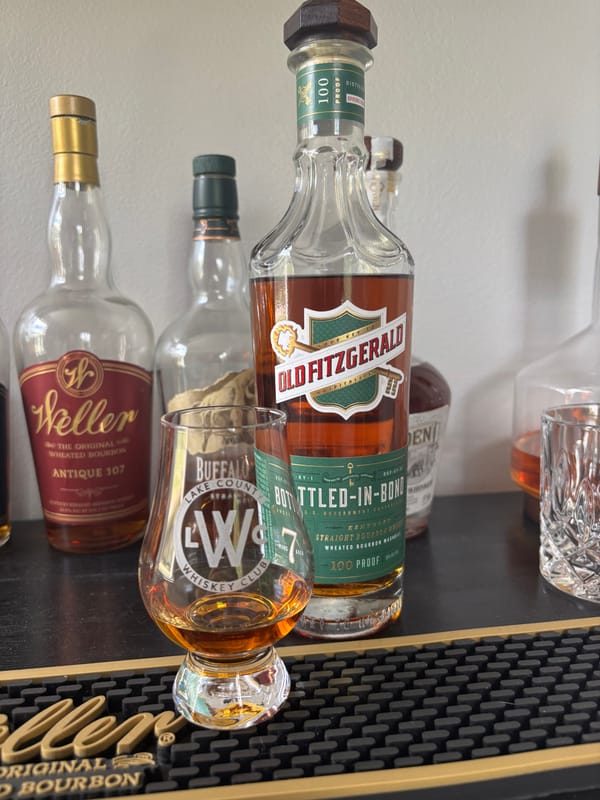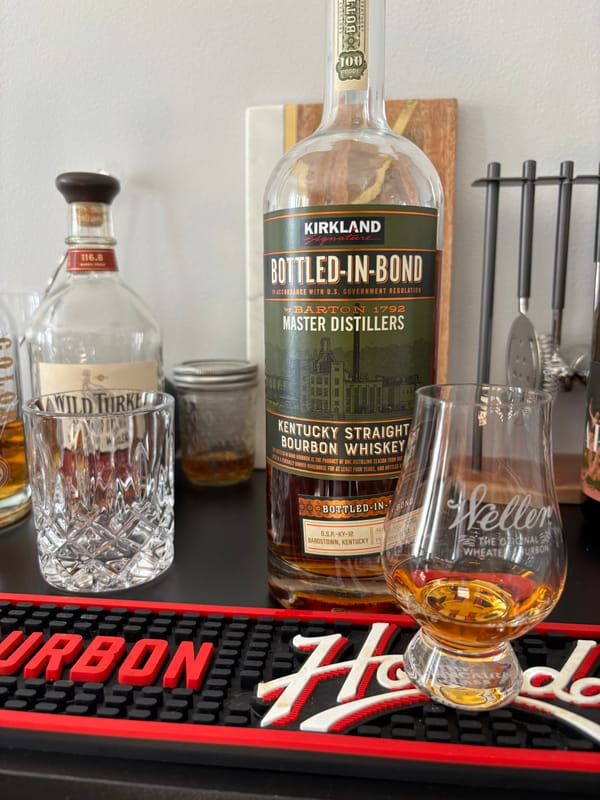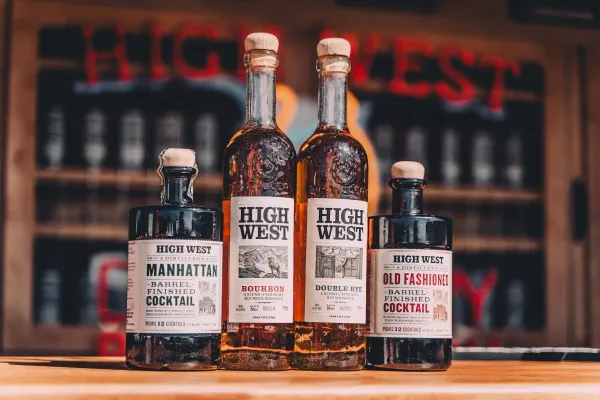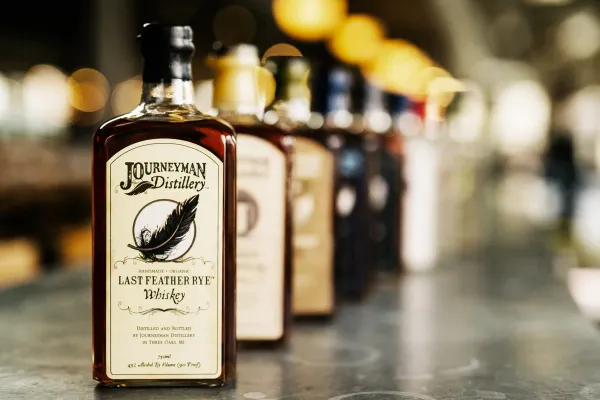Whiskey Bottling Rules Revealed: The Final Step You’ll Wish You’d Bottled Sooner

Bottling Regulations: The Whiskey Finish You Can’t Skip
Bottling isn’t just whiskey’s exit ramp—it’s the gatekeeper that locks in every bottle’s fate, and if you don’t know the rules behind it, you’re missing the final twist that defines what hits your glass. It’s not a free-for-all; it’s bound by law and process. Here’s the bedrock truth about whiskey bottling regulations, pulled straight from U.S. code, and why it’s a critical piece of whiskey wisdom you need to catch for 2025.
What Rules Govern Whiskey Bottling?
U.S. law lays down whiskey’s non-negotiables: a mash with at least 51% of its defining grain—corn for bourbon, rye for rye whiskey, wheat for wheat whiskey—distilled to no more than 160 proof (80% ABV), barreled at 125 proof (62.5% ABV) or less, aged in new charred oak barrels, and bottled at a minimum of 80 proof (40% ABV). The kicker? No additives allowed—color, flavor, everything comes from the oak and grain alone, no artificial boosts. Every bottle must hit this mark—whether it’s a smooth 80-proof sipper or a cask-strength beast—ensuring whiskey stays whiskey, with no exceptions carved out.
How Bottling Rules Finish Whiskey
The bottling stage is whiskey’s last lap, and it starts after aging—two years minimum for "straight" whiskey, often stretching to four, eight, or more in those charred oak barrels. When the spirit’s ready, it leaves the barrel at its natural strength, typically 100-140 proof depending on evaporation during aging, carrying the oak’s gifts of vanilla, caramel, and spice layered over the grain’s base. From there, water steps in—sometimes—to adjust it down to that legal minimum of 80 proof, though cask strength skips this, bottling it raw as it comes. Filtration’s an option—some whiskeys go through chill or carbon filtering to clear haze or soften edges, while others stay unfiltered for a fuller, cloudier pour. Then it’s sealed—glass bottles lock it in, every step governed by law to keep the spirit’s truth intact, no tampering permitted.
What Bottling Rules Mean for Your Sip
Those regulations aren’t just red tape—they’re the blueprint for what you taste. At 80 proof, whiskey’s approachable—bourbon’s corn sweetness flows with a gentle vanilla hum, rye’s peppery spice cuts clean, and wheat’s mellow softness glides easy, all shaped by oak over the years. Push it to 100 proof—still legal—and the flavors sharpen—caramel deepens, and spice bites harder. Cask strength, often 100-140 proof, unleashes the raw deal—oak’s vanilla or spice booms over the grain’s core, thick and intense, demanding a slow sip or a water drop to tame it. Filtered or not, every bottle’s strength and clarity—down to its golden hue or hazy glow—traces back to these rules, delivering the unadulterated truth of its journey from barrel to glass.
How Bottling Proof Sets the Tone
Proof at bottling isn’t a random pick—it’s a deliberate dial, and U.S. law sets its floor at 80 proof for a reason. After aging, barrels might yield spirit at 120 proof or higher—heat in warehouses can evaporate water, concentrating alcohol—or dip below 100 proof in cooler spots where alcohol fades faster. Water adjusts most whiskeys to that 80-proof minimum, balancing flavor with drinkability—corn’s sweetness in bourbon or rye’s kick in rye whiskey stays front and center without overwhelming. Cask strength defies this—bottled straight from the barrel at 100-140 proof or more, it’s a bolder beast, amplifying oak’s richness and grain’s punch. Every proof point’s a legal choice—40% ABV (80 proof) is the baseline, but the ceiling’s open, shaping how whiskey lands in your glass.
Why Filtration Fits into Bottling Rules
Filtration’s a bottling wildcard—optional, but impactful—and it’s all within the law’s no-additives boundary. After aging, whiskey can carry haze—fatty acids or oak particles from years in the barrel—and some get chill-filtered, cooled to near freezing, and passed through filters to strip that cloudiness, leaving a crystal-clear pour. Others skip it, bottling unfiltered for a richer mouthfeel—bourbon might keep corn’s weight, rye its spicy grit—haze and all. Carbon filtration’s another trick—used pre-bottling to smooth harsh edges—though it’s less common for whiskey than Tennessee’s pre-barrel charcoal step. Every choice—clear or cloudy—stays true to 27 CFR § 5.22’s purity rule, letting grain and oak speak without interference.
Why Bottling Rules Matter in 2025
Bottling regulations aren’t just the finish line—they’re whiskey’s final guard, ensuring every pour you crack open in 2025 carries the grain-to-oak truth with no funny business. By understanding this, you’ll spot why one bottle’s a gentle 80-proof hug and another’s a 140-proof firestorm—proof sets the volume, filtration tweaks the texture, and the law keeps it real. It’s not about bottling fluff—it’s about locking in years of mash, oak, and time, delivering whiskey’s soul straight to you. Don’t let this step slip past—know it, and you’ll taste it in every glass. Want to taste bottling’s truth in action? Check out NEAT: Whiskey Finder—it’ll help you track down bourbon and whiskey near you.





